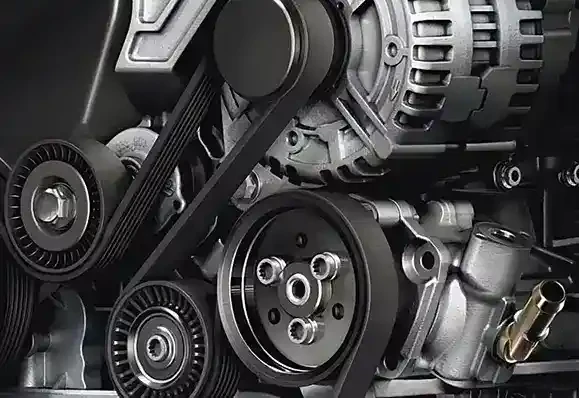- Arabic
- French
- Russian
- Spanish
- Portuguese
- Turkish
- Armenian
- English
- Albanian
- Amharic
- Azerbaijani
- Basque
- Belarusian
- Bengali
- Bosnian
- Bulgarian
- Catalan
- Cebuano
- Corsican
- Croatian
- Czech
- Danish
- Dutch
- Afrikaans
- Esperanto
- Estonian
- Finnish
- Frisian
- Galician
- Georgian
- German
- Greek
- Gujarati
- Haitian Creole
- hausa
- hawaiian
- Hebrew
- Hindi
- Miao
- Hungarian
- Icelandic
- igbo
- Indonesian
- irish
- Italian
- Japanese
- Javanese
- Kannada
- kazakh
- Khmer
- Rwandese
- Korean
- Kurdish
- Kyrgyz
- Lao
- Latin
- Latvian
- Lithuanian
- Luxembourgish
- Macedonian
- Malgashi
- Malay
- Malayalam
- Maltese
- Maori
- Marathi
- Mongolian
- Myanmar
- Nepali
- Norwegian
- Norwegian
- Occitan
- Pashto
- Persian
- Polish
- Punjabi
- Romanian
- Samoan
- Scottish Gaelic
- Serbian
- Sesotho
- Shona
- Sindhi
- Sinhala
- Slovak
- Slovenian
- Somali
- Sundanese
- Swahili
- Swedish
- Tagalog
- Tajik
- Tamil
- Tatar
- Telugu
- Thai
- Turkmen
- Ukrainian
- Urdu
- Uighur
- Uzbek
- Vietnamese
- Welsh
- Bantu
- Yiddish
- Yoruba
- Zulu
nóv . 08, 2024 04:57 Back to list
Understanding the Mechanics and Applications of Belt Drive Systems in Modern Engineering
Understanding Belt Drives Functionality, Applications, and Benefits
Belt drives are mechanical devices used to transmit power between rotating shafts. They consist of a belt, typically made from materials such as rubber, leather, or synthetic fibers, which connects two or more pulleys. As one pulley turns, it drives the belt, which in turn drives the other pulley. This mechanism is ubiquitous in various industries and applications, playing a crucial role in machinery and systems that require efficient power transmission.
The Mechanics of Belt Drives
At the heart of a belt drive system lies the pulley and the belt. The pulleys, usually mounted on shafts, are designed to engage with the belt securely while providing minimal friction. When the driving pulley rotates, it creates tension in the belt, effectively transferring energy to the driven pulley. The design of the belt and pulley system dictates how efficiently power is transmitted. Factors such as belt tension, alignment, and the friction coefficient of the belt material must be carefully considered to optimize performance.
Belt drives can be classified into various types based on their configuration and application. Common types include flat belts, V-belts, and round belts. Flat belts are typically used in lighter applications, V-belts are more efficient for higher torque situations and better suited for heavy machinery, while round belts offer flexibility for smaller or intricate systems.
Applications of Belt Drives
Belt drives are found across a multitude of industries. In automotive applications, they are utilized to drive systems such as alternators, water pumps, and air conditioning compressors. In manufacturing, belt drives power conveyor systems, allowing for the smooth movement of materials and finished products along an assembly line. They are also prevalent in agricultural machinery (like tractors and harvesters), HVAC systems, and industrial equipment.
The advantages of belt drives make them a popular choice in many applications. They can effectively transmit power over long distances and accommodate misaligned shafts, which is a significant advantage in complex machinery setups. Additionally, belt drives tend to be quieter than chain drives and require less maintenance, particularly in terms of lubrication.
belt drive

Benefits of Belt Drives
The use of belt drives introduces several benefits, which include the following
1. Flexibility Belt drives can be configured in various ways, accommodating a wide range of applications and requirements. They can easily connect non-parallel shafts and operate efficiently even if the shafts are misaligned.
2. Cost-Effectiveness Generally, belt drive systems are more economical than alternatives like chain drives or gear systems. The materials used for belts, as well as the simplicity of installation and maintenance, contribute to their lower overall cost.
3. Vibration Damping Belts inherently absorb shock and vibrations, leading to smoother operation and reduced wear on the machinery components. This property also enhances the durability of the systems they are integrated into.
4. Energy Efficiency Well-designed belt drive systems can achieve high efficiency in power transmission, which minimizes energy loss. This efficiency is critical for reducing operational costs in industrial applications.
Conclusion
Belt drives are a fundamental technology in the realm of mechanical engineering, providing reliable and efficient power transmission across various sectors. Their flexibility, cost-effectiveness, and durability make them indispensable in modern manufacturing processes, automotive applications, and many other fields. As technology advances, innovations in belt materials and design continue to enhance their performance, ensuring that belt drives will remain a vital component in the machinery of the future. Understanding the mechanics and advantages of belt drives is essential for engineers and technicians alike, as they play a pivotal role in the seamless operation of countless machines and systems worldwide.
-
Buy Serpentine Belt Online – Affordable Prices & Durable Quality
NewsJul.26,2025
-
High-Performance Metric Variable Speed Belts for Industrial Use
NewsJul.25,2025
-
High-Quality Endless Flat Drive Belt for Precision Power Transmission
NewsJul.24,2025
-
High-Performance Serpentine Belt for Car Engines – Durable & Reliable
NewsJul.23,2025
-
High Efficiency V Belt Drive with Double & Toothed Options for Industry
NewsJul.22,2025
-
Affordable Fan Belt Cost - Compare Prices & Save | Auto Parts Deals
NewsJul.22,2025

